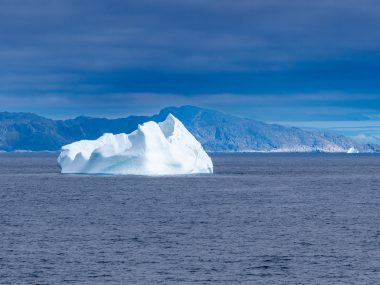In any organization, silos form for a variety of reasons some intentional, some accidental, and some as unintended consequences of structural decisions. Regardless of how they emerge, silos hinder collaboration, reduce efficiency, and can lead to a fragmented company culture. As leaders and Full Stack Strategists, it is our responsibility to recognize these barriers and actively work to break them down.
The Root Causes of Silos
- Organizational Structure
Many companies are structured by departments or business units, each with its own goals, key performance indicators (KPIs), and leadership. While this structure can improve specialization and efficiency within teams, it often leads to a lack of cross-functional communication, as each group operates within its own framework. - Competing Priorities and Incentives
When different teams or departments have misaligned incentives, collaboration takes a backseat to achieving individual targets. If one department is rewarded for efficiency while another is measured on innovation, their goals may be at odds, making cooperation difficult. - Lack of Clear Communication
Companies without strong internal communication strategies often struggle with information hoarding, misunderstandings, and disconnection between departments. When teams don’t know what others are working on, they operate in isolation, leading to redundant efforts and missed opportunities. - Cultural and Leadership Gaps
Leadership plays a crucial role in fostering or dismantling silos. If leaders don’t engage with their peers across departments, their teams will likely follow suit. A lack of trust between departments can also prevent collaboration, especially when leaders focus only on their immediate team’s success rather than the company’s overall success. - Geographic and Remote Work Challenges
In today’s hybrid and remote work environment, it’s easier than ever for teams to become disconnected. Without intentional efforts to maintain strong cross-departmental relationships, physical separation can create communication barriers that reinforce silos.
How Leaders Can Break Down Silos

As a leader and particularly as a practitioner of the Full Stack approach to strategy, your role isn’t just about guiding your team; it’s about fostering an environment of alignment and cooperation across the entire organization. Here’s how you can actively work to dismantle silos:
- Lead by Example
If you want your team to collaborate, you need to do the same. Engage with leaders across the company, participate in cross-functional initiatives, and demonstrate the behaviors you want to see in your teams. - Align Goals Across Departments
Ensure that all teams understand how their work contributes to the company’s broader mission. When leaders come together to set shared goals, teams are more likely to work in harmony rather than in competition. - Encourage Open Communication
Transparency and information sharing should be part of the company culture. Regular interdepartmental meetings, shared dashboards, and internal newsletters can help keep everyone informed and aligned. - Break Down Hierarchical Barriers
Employees at all levels should feel empowered to collaborate with their peers in other departments. Encourage cross-functional working groups, job rotations, or mentorship programs to facilitate stronger interdepartmental relationships. - Recognize and Reward Collaboration
If performance metrics and incentives only recognize individual or departmental success, silos will persist. Acknowledge and reward employees who contribute to cross-functional teamwork and problem-solving.
As a leader and people manager “Your Team” is not your team, you are their coach, your team are the other leaders within the organization by modeling effective habits of cross functional collaboration and actively eliminating the “Us Vs. Them” mentality you model the behaviors you expect from the team you are coaching.
Final Thoughts
Silos don’t form overnight, and they won’t disappear overnight either. It takes consistent effort, open communication, and leadership commitment to foster a truly collaborative environment. As leaders, our job is not just to manage our “teams” but to connect the entire organization. By modeling collaboration, aligning goals, and fostering a culture of openness, we can break down barriers and build a more cohesive, high-performing company.
For more insights on leadership and breaking down barriers, connect with me here.






